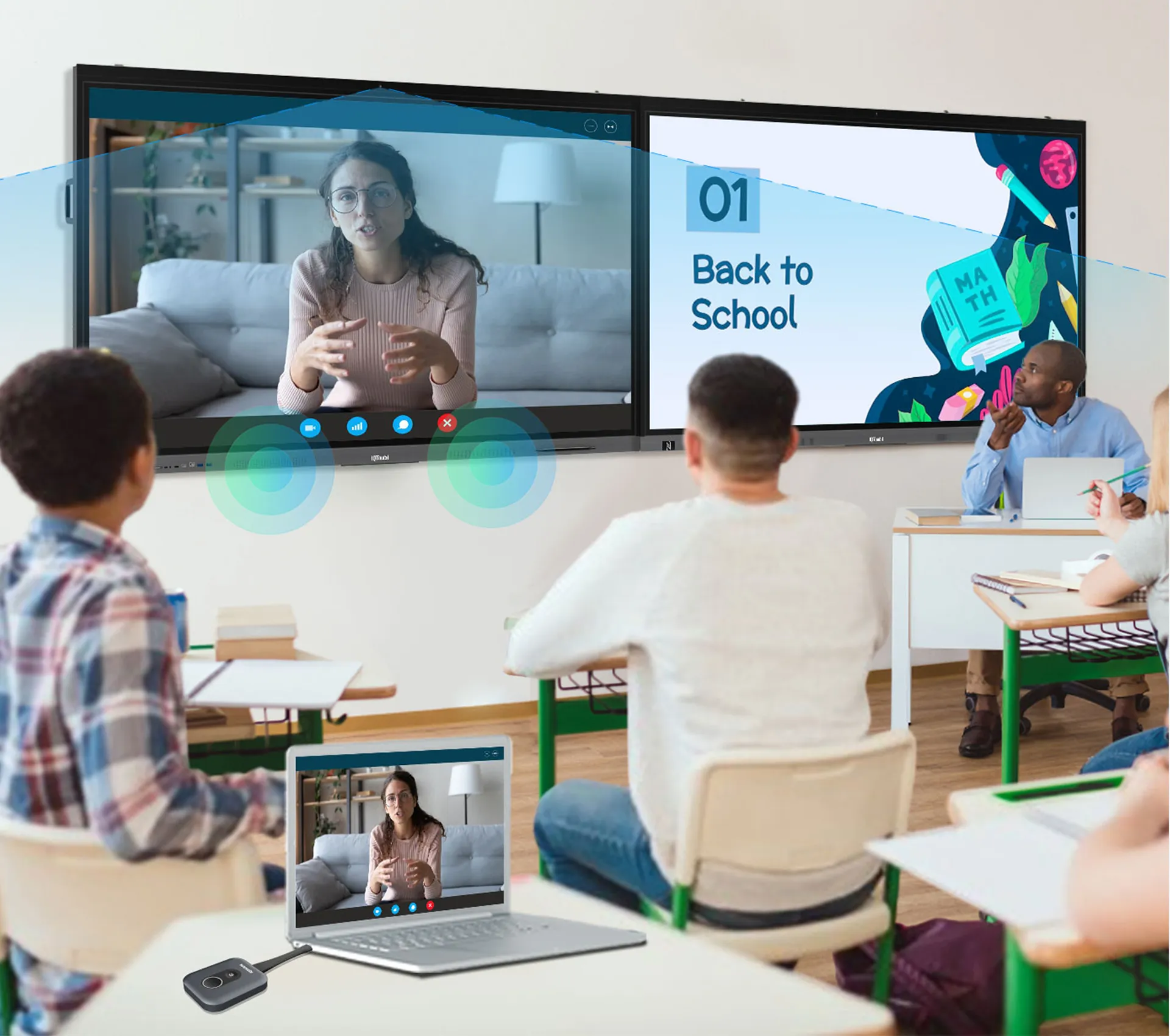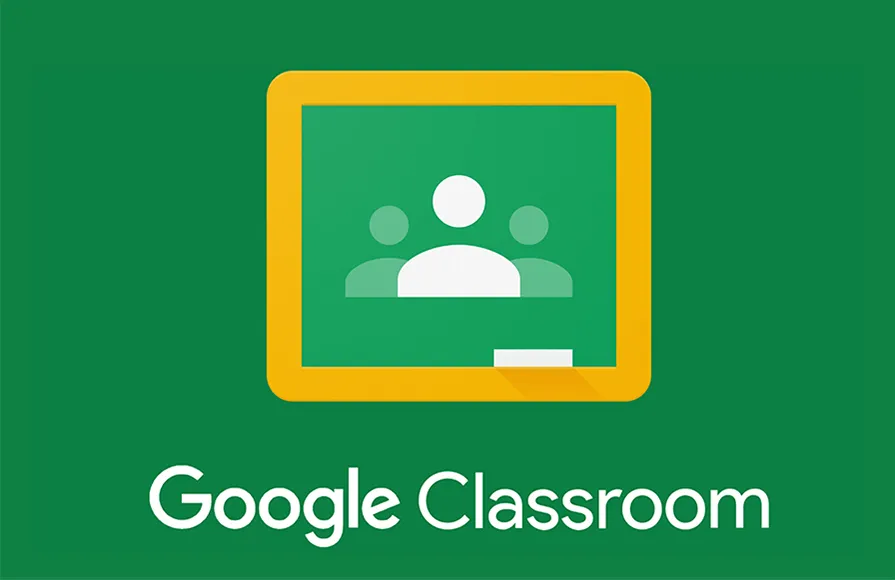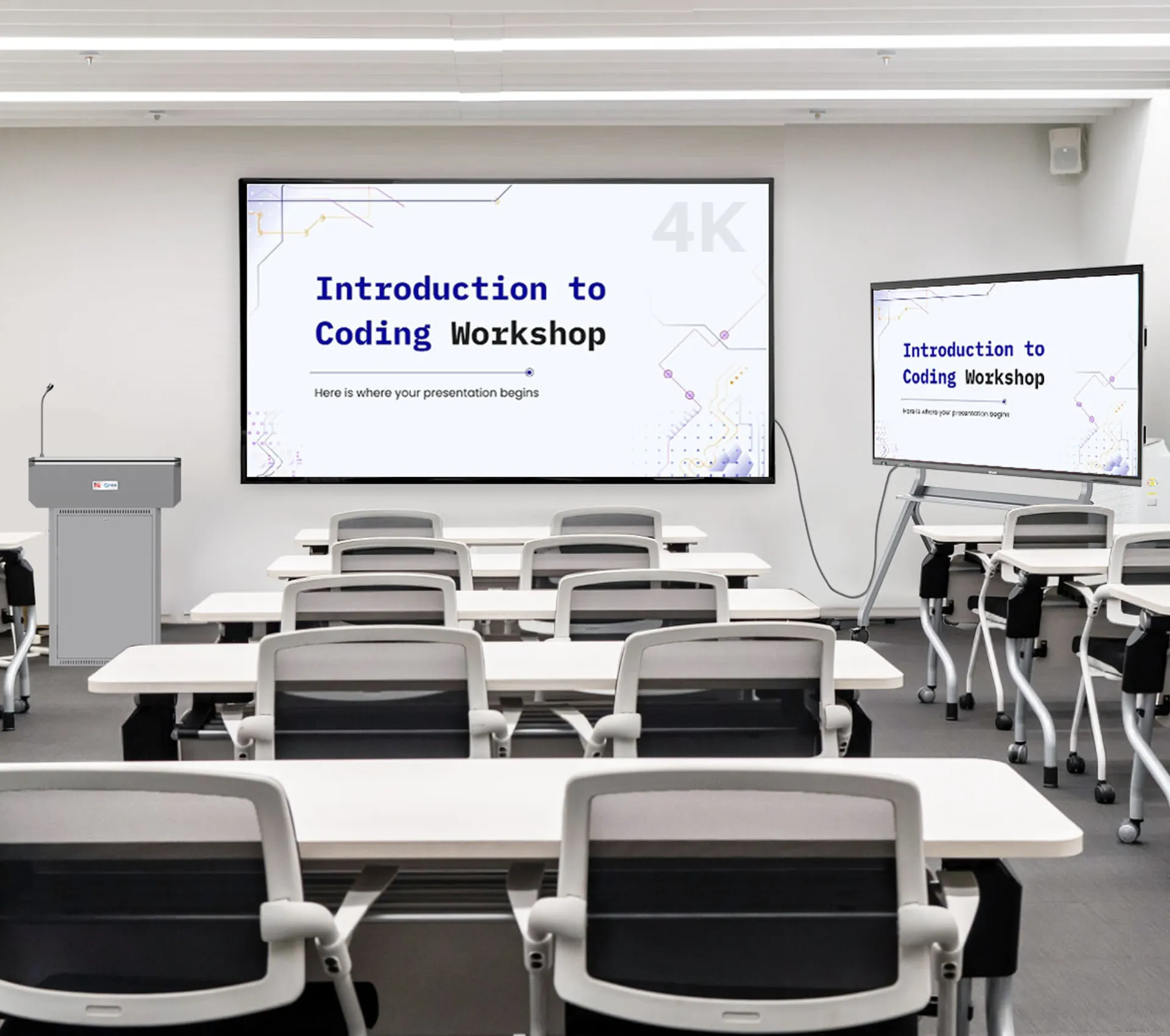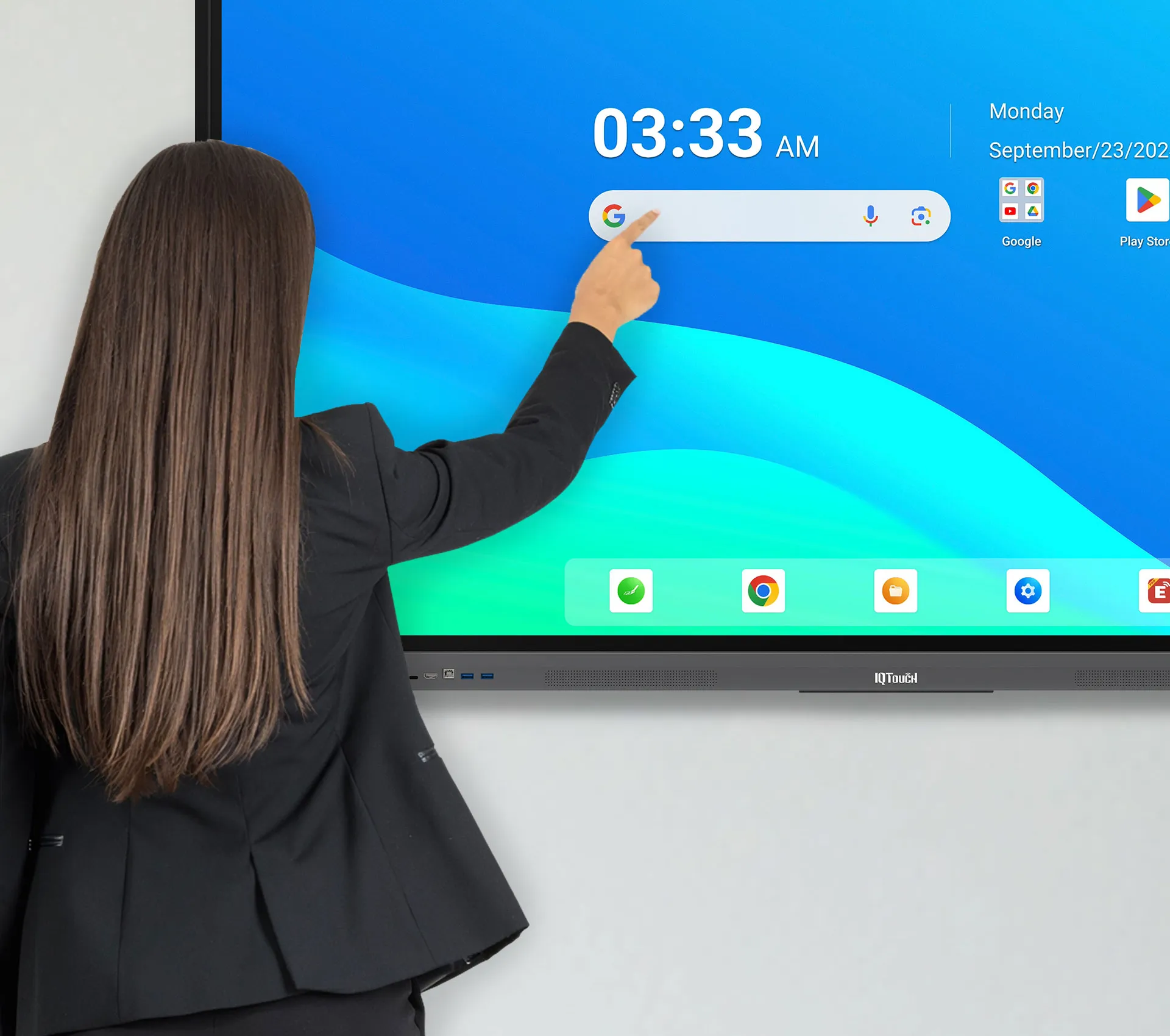The world of display technology is constantly evolving, with new innovations emerging to enhance our experiences. One such innovation that's gaining significant traction is Enterprise Device Licensing Agreement (EDLA). But what exactly is EDLA, and how does it stack up against the traditional method of purchasing and maintaining Interactive Flat Panels (IFPs)? Let's dive in.
First of all, let's understand what EDLA is and what it is for.

Google EDLA, or Enterprise Device Licensing Agreement, is a framework designed for businesses, educational institutions, and other large-scale organizations that want to manage and license multiple devices using Google's suite of services. It's not just another corporate licensing deal—EDLA is tailored to simplify device management, streamline the procurement process, and lower overall IT costs for enterprises by offering a structured, predictable, and scalable licensing solution.
At its core, Google EDLA allows organizations to manage a fleet of devices—ranging from Chromebooks to Android tablets—under a single enterprise agreement. This agreement provides bulk licensing, making it easier for enterprises to deploy and maintain devices across their operations. EDLA helps businesses leverage Google's cloud-based productivity tools while ensuring security and compliance for their devices.
The purpose of Google EDLA is simple: to make it easier for businesses or educators to use Google technology through interactive flat panels such as IQTouch while minimizing complexity and cost, and increasing security of use. Instead of dealing with individual licenses for each device, EDLA centralizes licensing, making it more efficient to manage everything from device deployment to software updates.
Traditional interactive displays are typically large touchscreen monitors designed to provide a digital, interactive surface for presentations, meetings, and lessons. They often include features like stylus input, gesture recognition, and screen-sharing capabilities. But unlike newer models, traditional displays usually rely on proprietary software and hardware to function.

The emergence of EDLA has brought traditional IFP's to greater heights:
One of the most immediate benefits of the EDLA is cost savings. By entering into an enterprise-wide agreement, organizations can unlock discounted pricing for devices, software, and services. The more devices you purchase, the better the pricing structure becomes. EDLA also eliminates the need to track and renew individual licenses, further reducing administrative costs.
Managing a fleet of devices can be overwhelming, especially when organizations are scaling rapidly. EDLA simplifies the process by allowing administrators to manage all devices from a central location. This unified management platform helps track device statuses, control updates, and enforce security policies across the entire organization with ease.
Google takes security seriously, and EDLA enhances the security posture of your devices. Organizations using EDLA can leverage advanced security features like automatic updates, device encryption, and remote wipe capabilities, ensuring their devices are protected against the latest threats.
Here's a quick comparison of EDLA and traditional IFPs:
Traditional displays often require additional software or devices to function at their best. Google EDLA displays, on the other hand, come preloaded with easy-to-use Google apps and have a built-in interface that's intuitive for anyone already using Google products.
While traditional displays can be connected to external devices, they lack the seamless integration with cloud-based platforms that Google EDLA displays offer. This makes Google EDLA displays superior for those already embedded in the Google ecosystem.
Google EDLA displays are specifically designed to facilitate collaboration. With tools like real-time document editing, screen sharing, and video conferencing (via Google Meet), teams can work together more effectively. Traditional displays, while functional, do not offer the same level of collaboration out of the box.
Generally, traditional interactive displays may have a lower initial price, but their ongoing maintenance, upgrades, and lack of cloud integration may drive up long-term costs. Google EDLA displays, while potentially more expensive initially, offer better value over time thanks to reduced maintenance and seamless software integration.
Traditional interactive displays often require more technical support, updates, and software troubleshooting. In contrast, Google EDLA displays benefit from Google's extensive support network and automatic software updates, making them easier to maintain.

Google EDLA can be used in a wide range of sectors, including educational, conference, and court scenarios, to provide a humanized experience.
In the education sector, schools are increasingly purchasing interactive displays that support Google EDLA. This allows schools to provide affordable learning tools to classrooms while centralizing the management of all devices by the IT department. Teachers can use G Suite for Education with LCD for collaborative learning and communication.
In the corporate sector, touchscreen displays with Google EDLA make presentations, meetings and conferences easier. Whether it's an online or offline meeting, or a scenario that requires secure and efficient access to corporate applications, interactive displays with Google EDLA support provide a quick entry point for these needs, and IT departments can simplify management and security across the organization.
In the court sector, Google EDLA enables court systems to easily access the Google ecosystem through interactive flat panels with EDLA in each court. It allows people to securely and efficiently access court-level applications, while IT simplifies administration and security across the organization.

The Google EDLA interacitve displays also opens up endless possibilities for the future of the organization.
As businesses increasingly rely on cloud-based tools and mobile devices, enterprise licensing models will continue to evolve. The shift to cloud-first infrastructure makes agreements like Google EDLA more relevant, as they provide organizations with the tools to manage their devices securely and efficiently.
Given the rise of remote work and the continued popularity of cloud solutions, Google EDLA is expected to grow. The demand for more flexible, scalable, and cost-efficient device management systems will drive more enterprises toward solutions like EDLA.
In conclusion, Google EDLA offers a unique and powerful licensing framework for large-scale organizations looking to deploy and manage multiple devices. With its benefits in cost savings, simplified device management, and enhanced security, it’s an attractive option for enterprises that want to scale with ease. While there are some challenges to consider, the future of Google EDLA looks bright, as more and more organizations adopt cloud-first solutions for their operations. Contact us today here to unlock the power of EDLA.
Is EDLA suitable for all businesses?
EDLA can be a good fit for a wide range of businesses, from small startups to large enterprises. However, the specific needs and requirements of each business will determine whether EDLA is the right solution.
What types of devices are typically included in an EDLA agreement?
EDLA agreements can include a variety of devices, such as LCD displays, video walls, interactive touchscreens, and digital signage displays.
How can I choose the right EDLA provider?
When selecting an EDLA provider, it's important to consider factors such as the range of devices offered, the quality of service, the pricing model, and the provider's reputation.
What are the potential risks associated with EDLA?
Potential risks include potential service disruptions, data security breaches, and vendor lock-in. It's crucial to carefully evaluate the terms and conditions of the EDLA agreement before signing.
What is the future of EDLA?
The future of EDLA looks bright. As display technology continues to evolve, we can expect to see even more innovative and sophisticated EDLA solutions emerge, offering businesses even greater flexibility, cost-effectiveness, and value.
Here are some other articles that we think might interest you:
Top 5 Features of Google EDLA Supported Interactive Flat Panels
Top 9 Mistakes to Avoid When Buying an EDLA-Supported Interactive Flat Panel
Adapting to Change: How the IQTouch Series Meets Technological Trends and Market Demands
Copyright © 2017.Returnstar Interactive Technology Group Co., Ltd All rights reserved.
